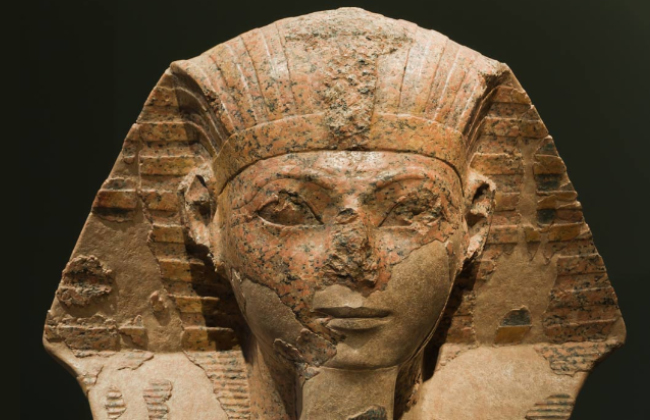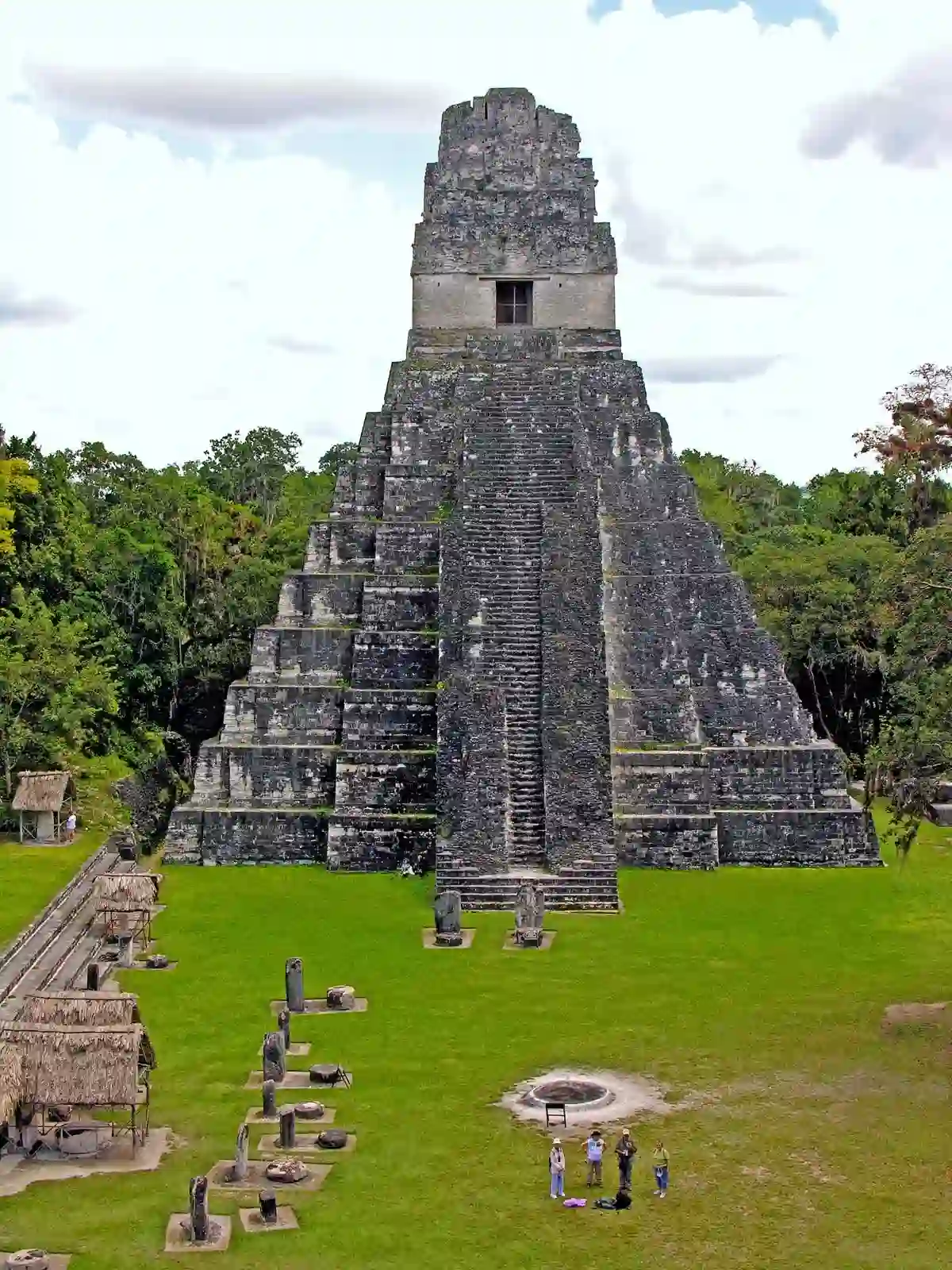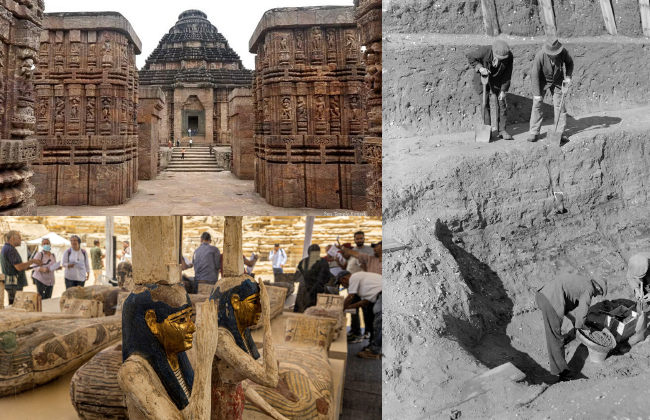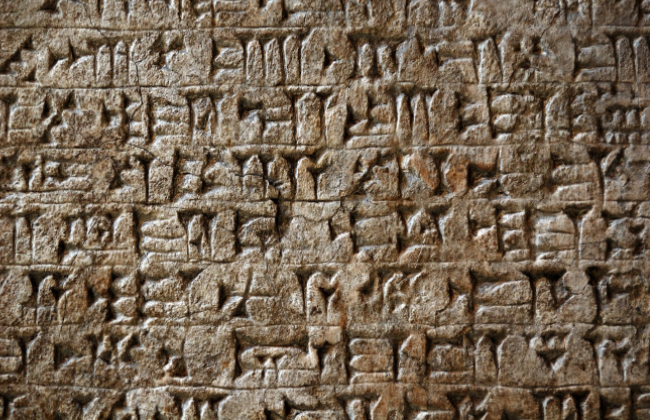Queen Hatshepsut was one of the most successful and enigmatic pharaohs of ancient Egypt. She ruled for more than two decades during the 15th century BC and left behind an impressive legacy of architectural achievements, diplomatic successes, and military campaigns. Despite her accomplishments, however, Hatshepsut remains a mysterious figure, with many questions surrounding her reign and her legacy.
One of the biggest mysteries of Hatshepsut’s reign is the nature of her relationship with her stepson, Thutmose III. When Hatshepsut’s husband and half-brother, Thutmose II, died, his son by another wife, Thutmose III, was still a child. Hatshepsut became regent, but eventually declared herself pharaoh, effectively sidelining Thutmose III. Despite this, Thutmose III was later depicted in reliefs as a loyal supporter of Hatshepsut, and even participated in some of her military campaigns.
Some historians have suggested that Hatshepsut’s relationship with Thutmose III was strained, and that she may have even seen him as a potential threat to her rule. Others have argued that Hatshepsut and Thutmose III had a good relationship, and that the depictions of him in her reliefs were a deliberate attempt to present a united front to the Egyptian people.
Another mystery surrounding Hatshepsut’s reign is the nature of her death. While it is clear that she died in the 22nd year of her reign, the exact cause of her death is not known. Some historians have suggested that she died of natural causes, while others have speculated that she was assassinated by supporters of Thutmose III who wanted him to take the throne.
Despite these mysteries, Hatshepsut’s legacy is undeniable. She oversaw the construction of some of the most impressive buildings in ancient Egypt, including the mortuary temple at Deir el-Bahri and the Red Chapel at Karnak. She also conducted successful military campaigns in Nubia and the Levant, expanding Egypt’s influence and power. Her reign was marked by stability and prosperity, and she is remembered as one of the greatest pharaohs in Egyptian history.
Hatshepsut’s gender is also a source of fascination and intrigue. She was one of the few women in ancient Egypt to rule as pharaoh, and her reign is seen as a remarkable achievement in a male-dominated society. However, her gender also presented challenges for her rule.
![]()





